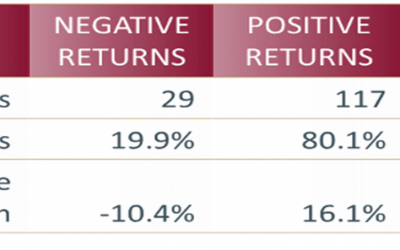2019 Budget
Below is a quick summary of the main announcements of this year’s budget, more detail will come out over time. For working Australia this Budget has a number of incentives and positive outcomes in real time. Other measure will take sometime to filter through.
Time may not be in the Governments side to get these measures through, with the election now on. As expected this budget is all about getting the votes. The power is now in our hands; we the voters now have the ability to decide where our country is going in the next 10 years.
Individual Tax Cuts
Increase to low and middle income rebates (LMITO) will move up to $1080 from $530.
Tax Brackets will be adjusted of the next 5 years.
o 2019 year you will save between $400 to $1200 in tax.
o 2023 year you will save between $400 and $2500 in tax
o 2024 all adjustments will have come through delivering tax cuts between $500 and $12,000 depending on your income
This will benefit more than 10 million people earning up to A$126,000 a year.
From July 2024, the government will cut the 32.5 per cent marginal tax rate to 30 per cent, applying to all taxpayers earning between A$45,000 and A$200,000.
The top 5 per cent of taxpayers will pay one third of all income tax collected.
Business – instant write off extended, Apprenticeships, Infrastructure and increase in Fees.
The instant asset write-off will be extended to June 2020 and increased from A$25,000 to A$30,000. The write-off allows small business with a turnover of less than A$10 million to claim an immediate deduction for a purchase below that amount. It will also be expanded to businesses with turnover of up to A$50 million, or another 22,000 businesses.
Businesses will also be able to claim the deduction every time they make a purchase under the cap.
The government announced increased investment in infrastructure spending, to improve rail links and address road black spots, Queensland is the big winner here. These large future looking infrastructure spend will stimulate jobs and local economies and prove employment in both private and public sector.
A $525 million skills package would create 80,000 new apprenticeships in industries with skills shortages and double to $8,000 the incentive payments to employers per apprenticeship placement.
There were also announcements to create new training hubs, give new apprentices an A$2000 incentive payment, and invest in science, technology and research.
There is always a down side and for business it is that they will pay more fees to regulators, through the industry funding model for the Australian Securities and Investments Commission (ASIC) and higher levies to the Australian Prudential Regulation Authority (APRA).
As part of a response to the Royal Commission into Misconduct in the Banking, Superannuation and Financial Services Industry, there will be extra funding to ASIC of A$38.5 million in 2019/20 and A$118 million in 2020/21, possibly funded by extra fees to business.
Age Care and Pensioners
Frydenberg announced A$725 million for aged care, with 10,000 new home care packages and capital works focused on regional Australia.
Single pensioners will get an A$75 one-off cash payment for their energy bills, while couple pensioners will get A$125.
Superannuation – work test for Non-Concessional contribution extended
People approaching retirement will be able to boost their superannuation balances, with those aged 65 and 66 years able to make voluntary contributions without satisfying the work test, from July 1 2020. Currently, people aged 65 and older must work a minimum 40 hours over a 30-day period.
People aged 65 and 66 will also be able to access the “bring forward arrangements” to make three years’ worth of non-concessional contributions(capped at A$100,000) to their super in a single year. This currently stops at 65 years.
Summary
This is only a quick look at some of the highlights in the budget, there will always be ongoing debate on the budget depending where you sit and how it affects you. The key take away is that average working person will get some tax relief to assist with the ever increasing cost of living in Australia.
With a large forward looking infrastructure spend we will not only see jobs created but also the moving to a more sustainable way to live into the future. The catch is will LNP be around to implement this budget?
That is up to you!




